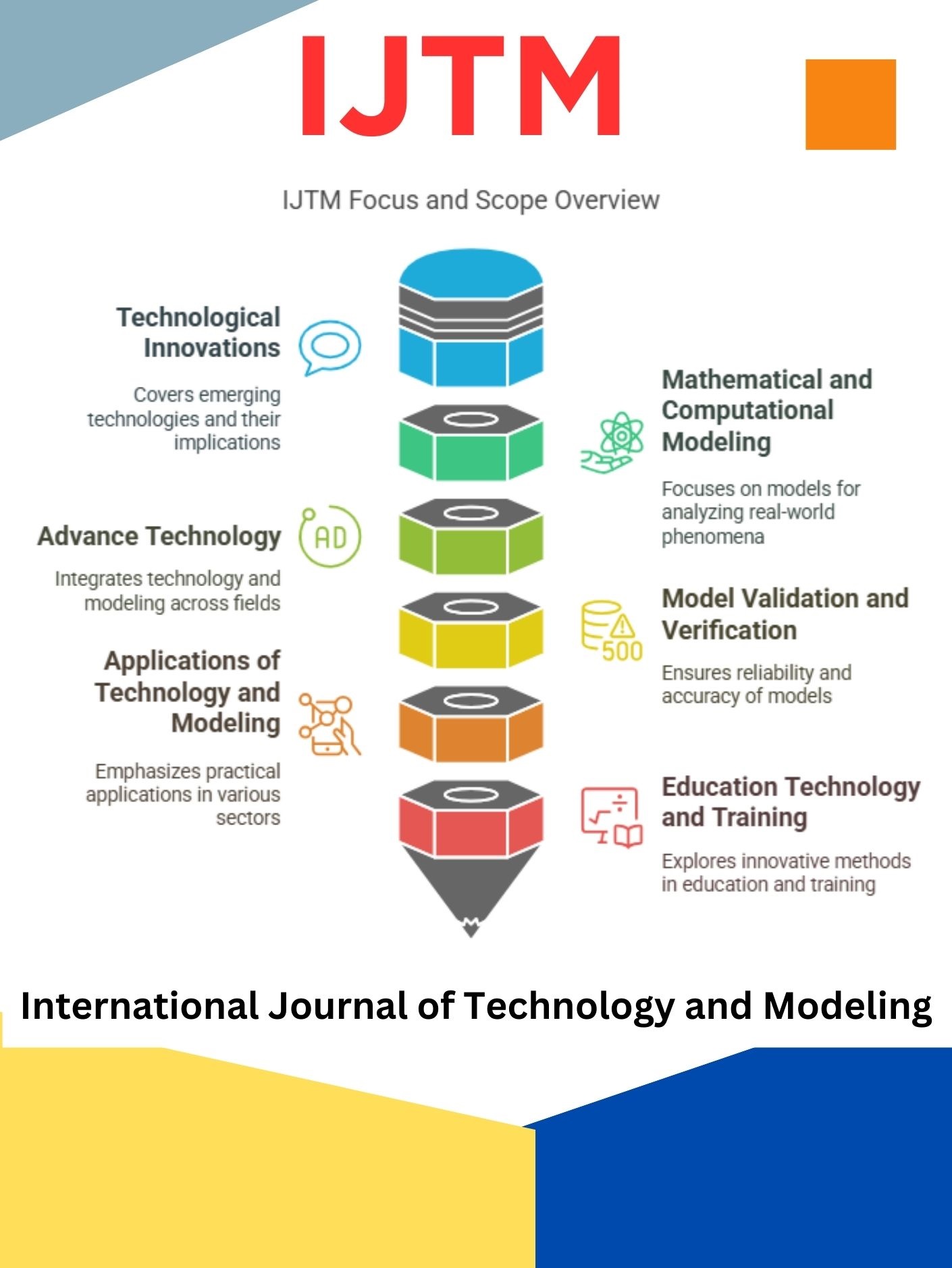Application of Blended Learning Models in Logic and Mathematical Reasoning Courses
DOI:
https://doi.org/10.63876/ijtm.v1i1.3Keywords:
Blended Learning, Learning Models, Students Logical Understanding and ReasoningAbstract
The purpose of this study was to determine the application of the blended learning model in logic and mathematical reasoning courses. Pre-test in groups-Post-test research The design of the application of the experimental method is in the form of a pre-experimental research design. The population of this study were students in the mathematics education subjects of University x, logic and mathematical reasoning. The samples in this study were Morning Class A students in the subjects of Logical and Mathematical Reasoning. This instrument consists of several tests of logical and mathematical reasoning questions. The results showed that the application of the mixed learning model to mathematics and logic material increased student achievement. Student achievement before being given the blended learning model is low. The student's score after receiving the blended learning model is considered good.
Downloads
References
Y. M. Saluky, “Development of the UTBK Try Out Application with Simulation Methods to Increase Student Scores,” ITEJ (Information Technol. Eng. Journals), vol. 6, no. 2, pp. 93–99, 2021.
J. Tambunan, “Analisis model pembelajaran blended learning terhadap pemahaman dan penalarann logis mahasiswa,” J. Suluh Pendidik., vol. 9, no. 2, pp. 80–89, 2021.
W. Sanjaya, Strategi Pembelajaran Berorientasi Standar Proses Pendidikan. Jakarta: Kencana Pernada Media Group, 2010.
S. Santinah, “The Effect of Online Games on Learning Motivation and Learning Achievement,” ITEJ (Information Technol. Eng. Journals), vol. 7, no. 1, pp. 22–31, 2022.
Saluky, “Penerapan Aplikasi Mathematics Movie Terhadap Minat Belajar Matematika dan Kemampuan Analogi Responden,” Al Ibtida J. Pendidik. Guru MI, vol. 3, no. 1, 2016.
N. Fitriana, “Penerapan model Pembelajaran blended learning pada mata kuliah pemisahan kimia materi kromatografi untuk meningkatkan kualitas belajar,” Erud. ( J. Educ. Innov., vol. 4, no. 1, 2017.
S. Nurul Bahiyah, Wulandari Wulandari, “The Development of Islamic Religious Education Android-Based Application of Salat Material for Elementary Students,” Al-Aulad J. Islam. Prim. Educ., vol. 5, no. 2, pp. 68–78, 2022.
S. Hilmi Zaki Islahati, Rezza Trie Kusdayati, “Implementasi Bilangan Bulat pada Permainan Tradisional Congklak,” Nurjati J. Math. Math. Sci., vol. 1, no. 2, 2021.
Harton, M. Saputro, and D. Fitriawan, “Penerapan Model Pembelajaran Blended Learning pada Mata Kuliah Logika dan Penalaran Matematika,” J. Pendidik. Mat. Indones., vol. 4, no. 2, pp. 84–89, 2019.
R. Sharifah and S. Faaizah, “The Development of Online Project Based Collaborative Learning using ADDIE Model,” Procedia - Soc. Behav. Sci., vol. 195, pp. 1803–1812, 2015, doi: 10.1016/j.sbspro.2015.06.392.
N. Sofiana, “Implementasi blended learning pada mata kuliah extensive listening,” J. Tarbawi, vol. 12, no. 1, 2015.
W. Rahmi and Nurhayati, “Kemandirian belajar mahasiswa melalui blended learning pada mata kuliah matematika ekonomi,” J. Ilm. Pendidik. Mat. AL-QALASADI, vol. 3, no. 2, 2019.
D. A. Astuti and D. Novita, “Blended learning terhadap kemampuan komunikasi matematis,” Pros. Sendika, vol. 5, no. 1, 2019.
S. W. Rahmatsyah and K. Dwiningsih, “Development of Interactive E-Module on The Periodic System Materials as an Online Learning Media,” J. Res. Sci. Educ., vol. 7, no. 2, 2021, doi: 10.29303/jppipa.v7i2.582.
D. Fisher, “Peningkatan kemampuan penalaran matematis mahasiswa calon guru matematika melalui blended learning dengan strategi probing-prompting,” Pas. J. Res. Math. Learn. Educ., vol. 2, no. 2, 2017.
Y. L. Ningsih, Misdalina, and Marhamah, “Peningkatan Hasil Belajar dan Kemandirian Belajar Metode Statistika Melalui Pembelajaran Blended Learning,” Al-Jabar J. Pendidik. Mat., vol. 8, no. 2, 2017.
I. K. Darma, I. G. M. Karma, and I. M. A. Santiana, “Blended Learning, Inovasi Strategi Pembelajaran Matematika di Era Revolusi Industri 4.0 Bagi Pendidikan Tinggi,” 2020, pp. 527–539.
Z. Wahyuni, Y. Roza, and Maimunah, “Analisis kemampuan penalaran matematika siswa kelas x pada materi dimensi tiga,” J. Ilm. Pendidik. Mat. AL-QALASADI, vol. 3, no. 1, pp. 81–92, 2019.
N. Aeni, T. Prihatin, and Y. Utanto, “Pengembangan Model Blended Learning Berbasis Masalah pada Mata Pelajaran Sistem Komputer,” Innov. J. Curric. Educ. Technol., vol. 6, no. 2, 2017.
Sugiyono, Metode Penelitian Kuantitatif, Kualitatif dan R&D. Bandung: ALFABETA, 2017.
F. Darema, “Dynamic Data Driven Applications Systems : A New Paradigm for Application Simulations and Measurements,” Int. Conf. Comput. Sci., pp. 662–669, 2004.
Prayitno, Penerapan Blended Learning dalam Pengembangan Pendidikan dan Pelatihan (DIKLAT) bagi Pendidik dan Tenaga Kependidikan (PTK). Yogyakarta: LPM Yogyakarta, 2015.
Muchtadi, Hartono, and Oktaviana, “Hubungan Aktivitas dan Respon terhadap Hasil Belajar Program Linier setelah Diterapkan Pembelajaran Genius Learning pada Program Studi Pendidikan Matematika,” . J. Pendidik. Sains dan Mat. Edusains, vol. 5, no. 1, 2018.



